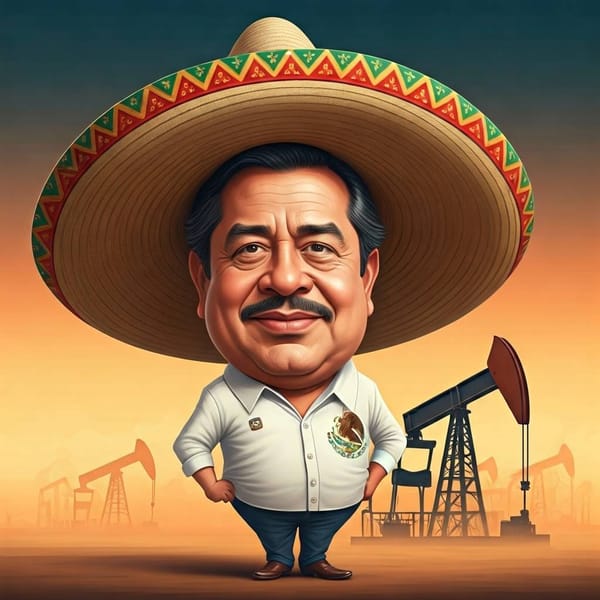University Olympic Stadium, 70 Years of History and Puma Identity
The stadium is the second largest in the country and has a capacity for 72 thousand of spectators. It was immortalized as the main venue for the Mexico 1968 Olympic Games, where the opening and closing ceremonies took place, as well as track and field races.

Does anyone know how many goooooyas shouted, how many interpretations of the University Sports Anthem, how many shouts of Mé-xi-co... Mé-xi-co was thrown into the air in three beats, how many tears of joy or sadness, how many laughs, anger, illusions, disappointments, how many awards for effort or claims for the absence of effort, fit in 70 years or, better yet, how much of all this has had a place in the University Olympic Stadium?
An architectural jewel considered a Cultural Heritage of Humanity, it is the second largest stadium in the country, with an approximate capacity for more than 50 thousand spectators, and is remembered for the immortality of the world for having been the main venue of the Olympic Games in Mexico.




